The year 2006 brought one of the most profitable side jobs for Americans, flipping houses. In fact, that year, it was reported that one in ever ten homes purchased were to flip. In 2008, it all came crashing down. Many went bankrupt because they were stuck with owning flips that were on the fast pace to a dramatic depreciation in value. The housing crash not only affected the housing market, but also caused Americans to loose their jobs and businesses. Fortunately things are turning around for the housing market. Today, housing stocks are one of the best investments out there.
 According to Forbes.com housing stocks are currently booming. NVR Inc., a homebuilder, is a slam dunk. It was reported that in February 2019, NVR stocks were at a 45% gain beating the S&P 500 at 10%. Those that purchased the stock back in February have made a lot of money. According to the site’s research, housing stocks will be the way to go for years to come.
According to Forbes.com housing stocks are currently booming. NVR Inc., a homebuilder, is a slam dunk. It was reported that in February 2019, NVR stocks were at a 45% gain beating the S&P 500 at 10%. Those that purchased the stock back in February have made a lot of money. According to the site’s research, housing stocks will be the way to go for years to come.
 Another two stocks to invest in are Vulcan Materials (VMC) and Martin Marietta Materials (MLM). Both companies sell concrete and gravel which is used a lot in the house building industry. Homebuilders use both for housing foundations, roads and sidewalks. According to the chart, these two stocks have rocketed in the past year. Revenues in the company are rising and hitting all-time highs.
Another two stocks to invest in are Vulcan Materials (VMC) and Martin Marietta Materials (MLM). Both companies sell concrete and gravel which is used a lot in the house building industry. Homebuilders use both for housing foundations, roads and sidewalks. According to the chart, these two stocks have rocketed in the past year. Revenues in the company are rising and hitting all-time highs.
Housing expert Barry Habib, founder and CEO of MBS Highway,  has the insider knowledge from the top players in the US housing market. The biggest issue he sees is supply and demand. Since 2009, only 900,000 homes have been built per year. Habib says this is the lowest inventory since the 1950’s. This is one of the biggest housing shortages we have had. He says that with existing inventory, it would take under six months to sell everything currently on the market.
has the insider knowledge from the top players in the US housing market. The biggest issue he sees is supply and demand. Since 2009, only 900,000 homes have been built per year. Habib says this is the lowest inventory since the 1950’s. This is one of the biggest housing shortages we have had. He says that with existing inventory, it would take under six months to sell everything currently on the market.
“The most important driver of home prices is supply and demand. And right now, there is a chronic undersupply of homes in America,” Habib stated.
Habib believes the market is about to be flooded with homebuyers. Millennials have been recorded to be the biggest generation the country has seen. The National Association of Realtors states that one in three homebuyers today is a Millennial.
“On average, folks buy their first home at age 33. Guess what the median age of Millennials is right now? 34. In the past year or two, the first wave of young homebuyers came into the market. But every year for the next decade, tens of millions of Millennials will hit home-buying age.”
This flood will definitely play an important roll in the prices of homes. Supply and demand is the most important driver for home prices. With such a tight supply in inventory the housing market will continue to boom.
What does that mean for homebuilders? They will have job security for a while to come. This fall, new home starts rose to their highest level since the summer of 2007 and building permits are at the highest level since the spring of 2007. Habib believes “the American housing boom has years to run.”
Click Here For the Source of the Information.

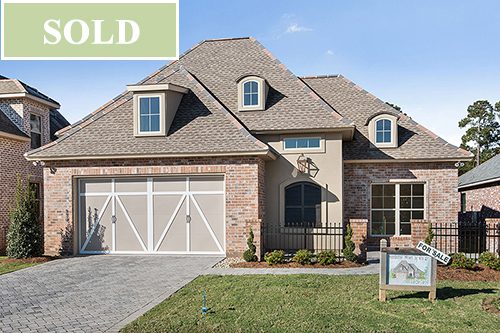
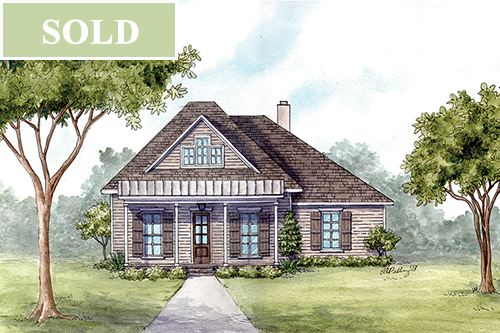
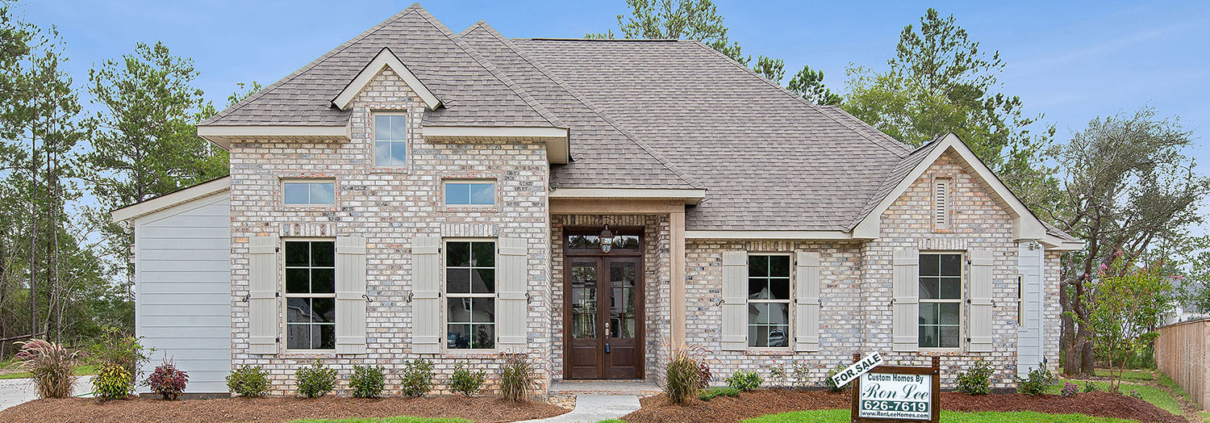
 Buying a home can be an exciting but daunting experience. Getting the right price is just one of the pieces to the negotiation puzzle. Here are eight things you can negotiate other than just the purchase price.
Buying a home can be an exciting but daunting experience. Getting the right price is just one of the pieces to the negotiation puzzle. Here are eight things you can negotiate other than just the purchase price.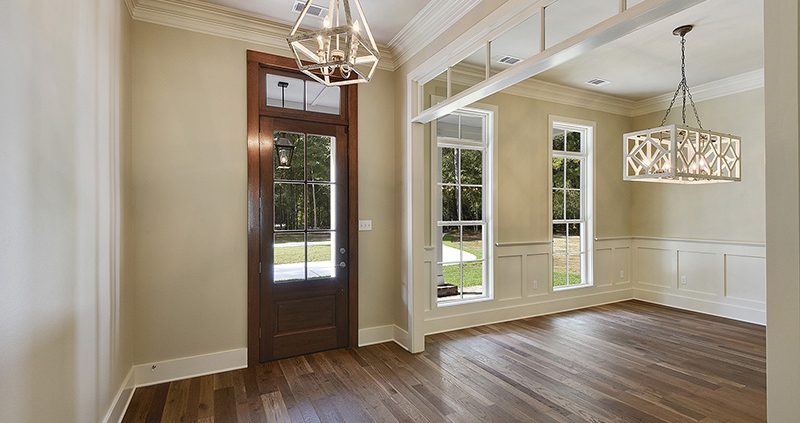
 According to Sam Khater,
According to Sam Khater, 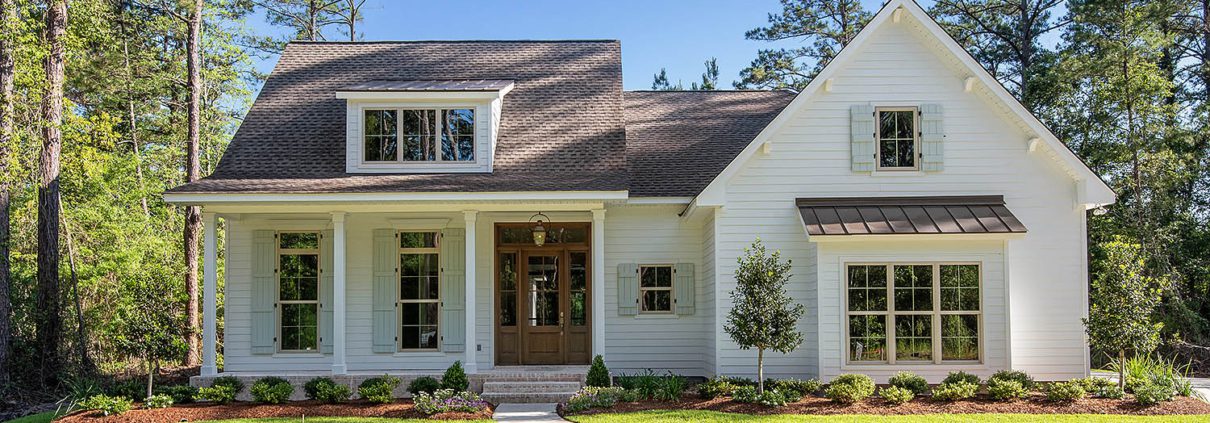
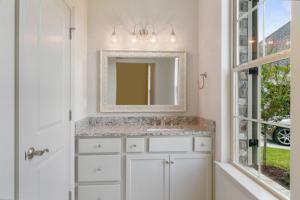 Most Americans are affected by interest rates whether through a mortgage or credit cards. July 2019, marked the first time the Federal Reserve lowered interest rates since the crash in 2008. Pressured by
Most Americans are affected by interest rates whether through a mortgage or credit cards. July 2019, marked the first time the Federal Reserve lowered interest rates since the crash in 2008. Pressured by 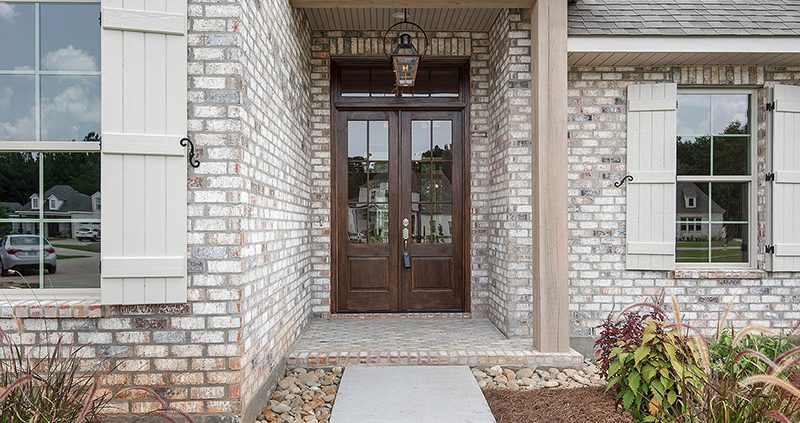
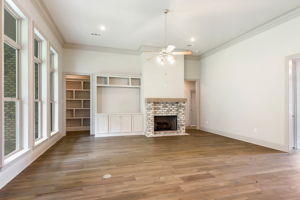 We all know that buying a home is a big step for anyone especially for someone who is doing it for the first time. A bipartisan House bill passed at the beginning of July 2019 that will help ease the first time buyer’s anxiety over the homebuying process. The bill will allow first-time homebuyers to pay less closing cost if they go through homeownership counseling.
We all know that buying a home is a big step for anyone especially for someone who is doing it for the first time. A bipartisan House bill passed at the beginning of July 2019 that will help ease the first time buyer’s anxiety over the homebuying process. The bill will allow first-time homebuyers to pay less closing cost if they go through homeownership counseling.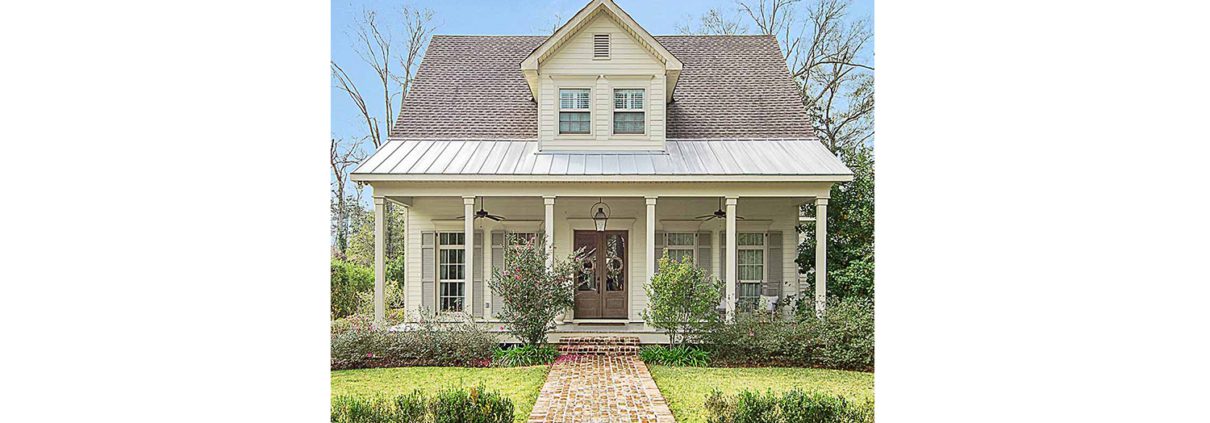
 When purchasing a home, the majority of homebuyers will purchase using a mortgage. Your credit and your down payment will affect your monthly payment and mortgage rate. The more you put down the lower your monthly payment will be making it easier to build more equity in a shorter amount of time. Although this is a plus, it can back-fire when a homeowner puts down most of their savings on a downpayment leaving no funds for home maintenance or emergencies.
When purchasing a home, the majority of homebuyers will purchase using a mortgage. Your credit and your down payment will affect your monthly payment and mortgage rate. The more you put down the lower your monthly payment will be making it easier to build more equity in a shorter amount of time. Although this is a plus, it can back-fire when a homeowner puts down most of their savings on a downpayment leaving no funds for home maintenance or emergencies.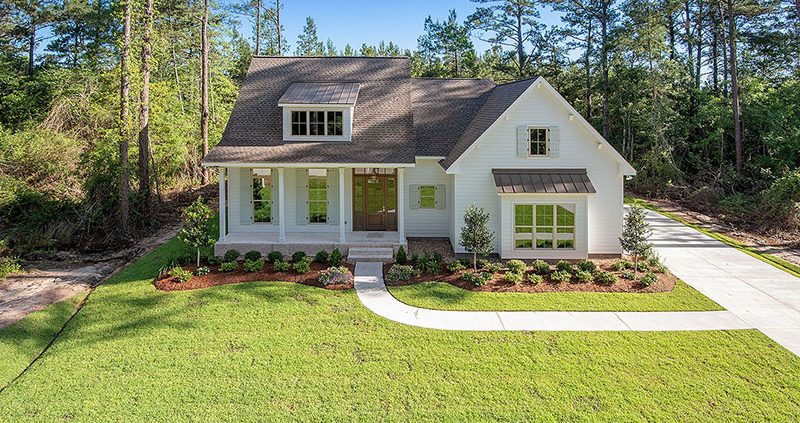
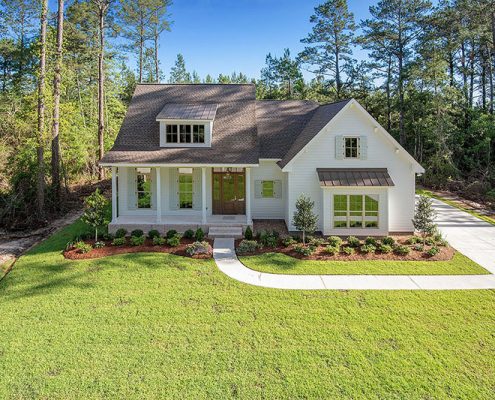
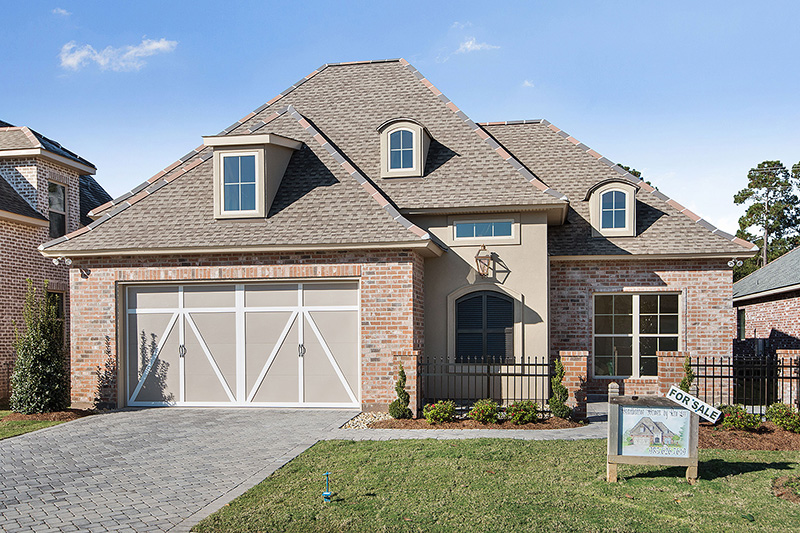
 Department of Veterans Affairs (VA) and the Department of Agriculture’s rural home loans are taking the highest risk levels since before the crash. In fact,
Department of Veterans Affairs (VA) and the Department of Agriculture’s rural home loans are taking the highest risk levels since before the crash. In fact, 
